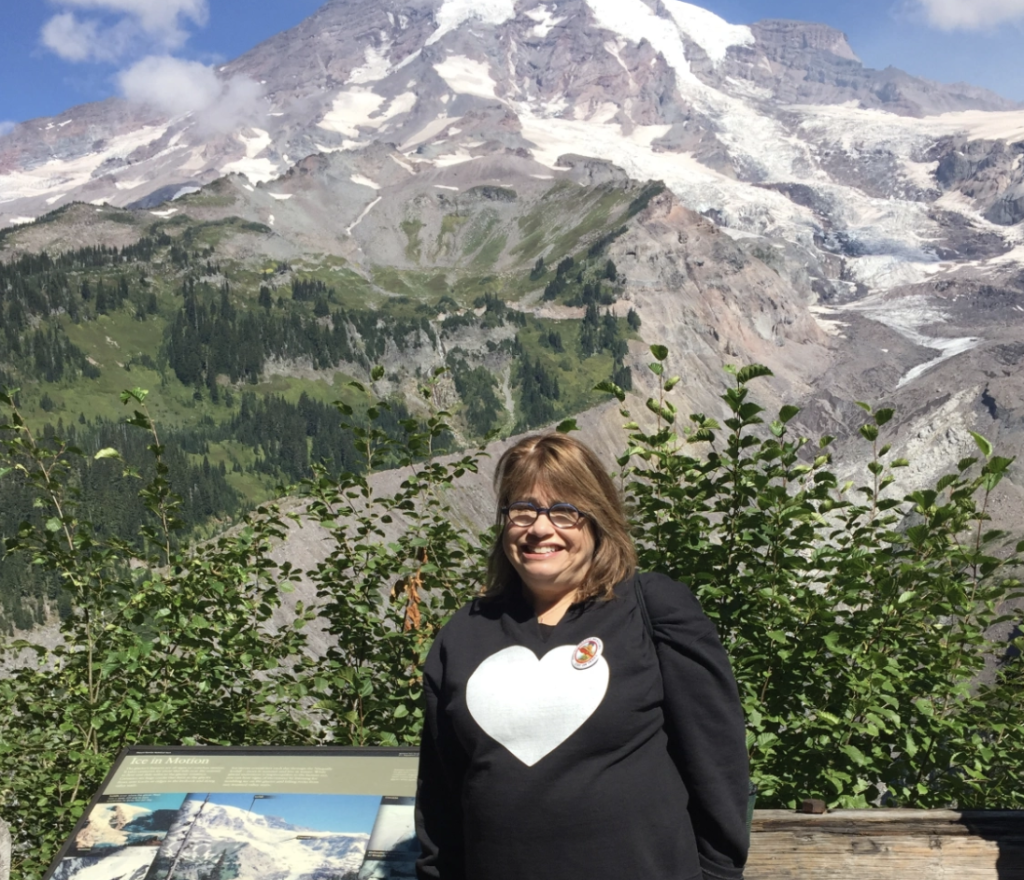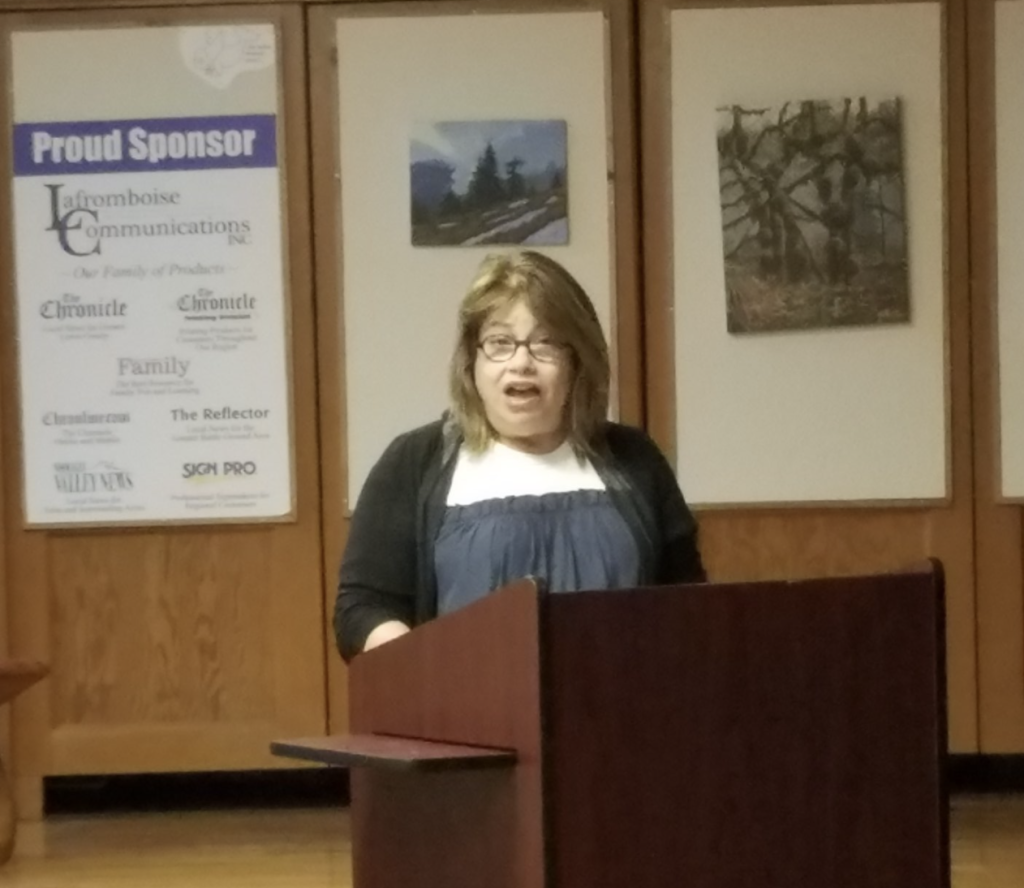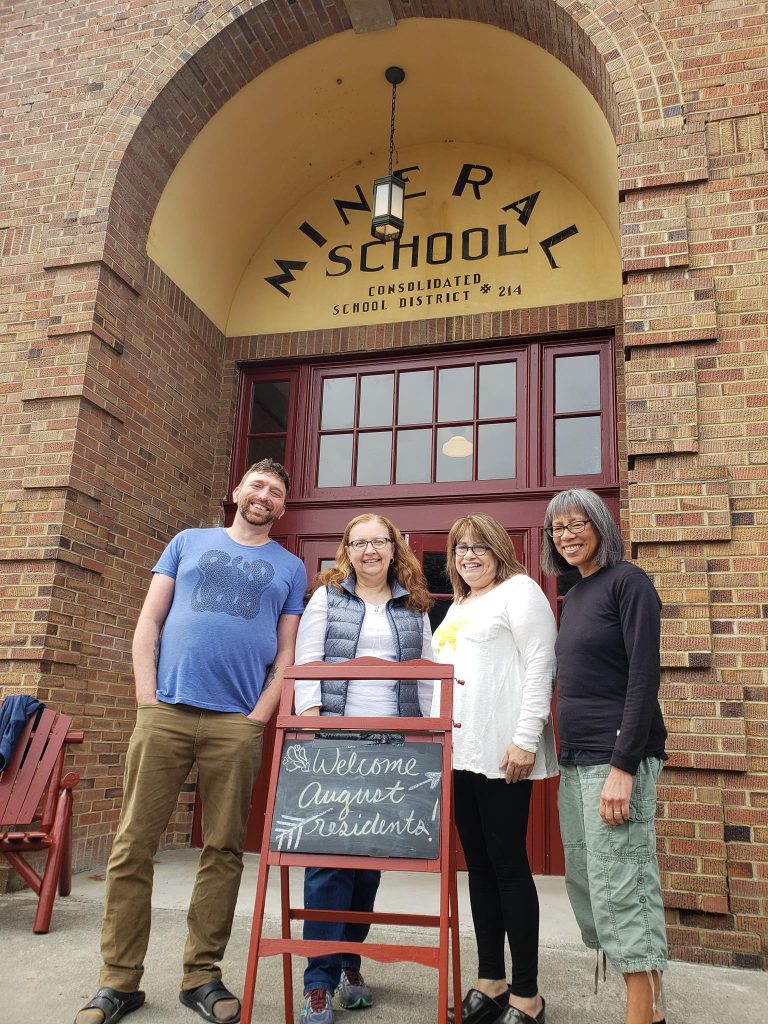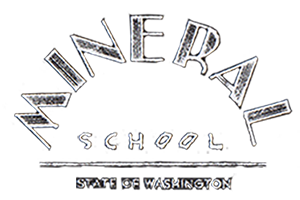Blog
Meet a Resident: Judy Bolton-Fasman

Judy Bolton-Fasman is a writer of memoir and creative nonfiction. She recently published a memoir, Asylum: A Memoir of Family Secrets (Mandel Vilar Press, 2021). Judy has published essays and reviews in venues including The New York Times, The Boston Globe, McSweeney’s, The Rumpus, Cognoscenti, Brevity and Catapult. She recently garnered a Pushcart Prize nomination and is a four-time recipient of the Simon Rockower Award for Essay from the American Jewish Press Association. Judy was awarded the Alonzo G. Davis Fellowship for a Latinx writer from the Virginia Center for Creative Arts as well as a fellowship from the Vermont Studio Center. Judy was Mineral School’s 2018 Erin Donovan fellow in nonfiction.
Suzanne Warren, a Mineral School alum and prose writer, conducted this interview. Thank you, Suzanne!
First, congratulations on bringing Asylum: A Memoir of Family Secrets into the world! You published it as a writer over fifty. Can you talk about your journey to publication?
I just published an essay on this very topic! I’ve been a working writer since graduating from college 1982. It took over a decade to realize my voice was best deployed as a writer of creative nonfiction and memoir. I always kept my hand in publishing, even as a young mother, either through book reviewing, writing a weekly column on parenting, or writing essays, which related to Asylum. I kept a journal in the wake of my father’s death about saying the Kaddish for him, the daily prayer of mourning. That was 2002-2003. I knew I had a possible book in 2008 after researching his life.
Asylum is such a wonderfully suggestive title. Did you have other working titles? What led you to choose Asylum?
The book’s title was a gift from the universe. I grew up at 1735 Asylum Avenue in West Hartford, Connecticut. And yes, the title suggests refuge, exile, and flight, as well as mental illness — themes that figure prominently in Asylum. I played around with a couple of other titles and even sent the book to my current publisher under a different title. But Asylum resonated the most deeply.
Did you work on Asylum during your stay at Mineral School? Could you describe your time at Mineral School and what it meant for you to be in that space?
I worked on the penultimate revision of the book at Mineral School. My room was the original elementary school library, and I loved that expansive space and the chalk board! But above all, Jane made the space welcoming and nurturing. She not only nourished us with delicious food, she made sure everyone in residence was cared for. She was so considerate of our time as writers that she didn’t let us clear dishes! She really wanted our residencies to be a time dedicated to the work. Mineral School has a special place on my road to publication and in my heart.
The book speaks eloquently about the power of Jewish ritual, particularly the recitation of the Kaddish, in mourning your father, Harold. You write that Kaddish “creates a posthumous relation” with him — which is kind of what this book does. Is there a relationship between the saying of Kaddish and the writing of this book?
Early versions of the book were exclusively about the year I said the Kaddish for my father. But that book was too internal, too encoded. I needed to tell a more universal story. So I began to research my dad’s life —interviewing the people who were left who knew him back in the day, reading his class notes in Yale Alumni Magazine — getting to know his world in general. The Kaddish, however, is in many ways the spine of the book. There was no posthumous reckoning with my dad’s secrets without exploring and reciting the Kaddish in the wake of his death.
(That’s Judy reading at Mineral School during her 2018 residency.)

So much of this book is about excavating “trastiendas,” secrets almost radioactive in their power. The book’s epigraph reads, “There is no greater agony than bearing an untold story inside you.” Did writing about this material change your relationship to those secrets?
Yes — my relationship to those secrets — to my dad, albeit after he died —were forever changed. I love the word “radioactive” here. The secrets were explosive and there was a lot of fallout in my life after I discovered them.
While noting the familial resemblance between you and your father, you write, “Everyone arrives in this world trailing centuries of ancestors and stories” — such an evocative way of understanding our connections to familial and cultural history. Can you say more?
I have a very eclectic background. My mother is a Sephardic Jew who was born in Cuba. My father was an Ashkenazi Jew who was born in Connecticut. Both my parents are the first generation born in their respective countries. By the time my abuelos — my mother’s parents —arrived in the United States, they were on their third exile. They brought one suitcase between them. And they brought their traditions and Ladino, the perennial language of their exile.
Your book delves into growing up as a bicultural, bilingual person. You describe yourself as a “a child of both worlds who belonged to neither.” Often, writers and artists report feeling distant from their families and worlds in their youth. Do you see a connection between that early sense of estrangement and your identity as writer?
As difficult as it was to grow up with my mother, who, among many things, insisted in transplanting Havana to West Hartford, Connecticut, I’m grateful for my bicultural — really multicultural — background. I wouldn’t be the writer that I am without it. Language — particularly Spanish — is such an integral tool in interrogating my life. As an adult, my multicultural identity has given me insight and empathy into what it is like to be an outsider. I often refer to myself as “outsider-insider.” I am of America, and yet I am also Latinx.
What’s the oddest or most unexpected aspect of your writing process?
A kind of performance anxiety comes over me when I begin to write. You’d think in four decades, I’d be over that by now! I’m not, and in the past couple of years, one thing that has helped me tremendously is to keep running notes about different projects in the Notes app of my phone. I’ve outlined/written entire essays on it. But more importantly, I’ve jotted down ideas, phrases that have jogged my memory later. That app has been revelatory for me!
And finally: What are you working on these days?
I’m working on essays about my mother, her family history, and the multicultural identity she gave me. Who knows, maybe it will be the basis of a second memoir! Stay tuned!
That’s the Class of August 2018 below, featuring (left to right) artist Gage Opdenbrouw, poet Linda Malnack, Judy, and prose writer Donna Miscolta.





